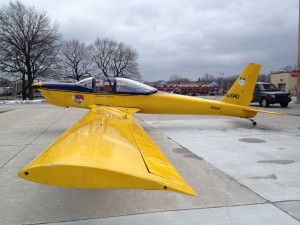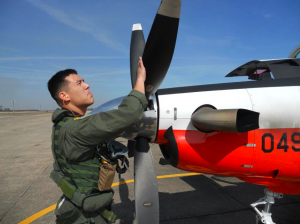The low clouds and snow flurries retreated today and, as luck would have it, Capt Norm Malek and I had scheduled the G1000-equipped CAP C-182 all afternoon. So we launched around 1:00 and wrung out the aircraft for a total of 3.3 Hobbs hours.
As of this morning, all of my approaches for instrument currency dated from October, which means that they’re going to expire next month. So I clearly needed some approaches. Capt Malek didn’t need as many, having recently flown some single-pilot actual as part of some aircraft repositioning work this week.
So I rocked out a hold on a DME fix about 18 miles sooutheast of Flint, then went in for the ILS 27, the RNAV 18, the ILS 27 again, and the VOR 18 before landing and switching pilots. 2.0 ASEL high-performance and 1.6 of it under the hood. We had some VFR traffic around NUPUE, my intended IAF, and I volunteered to be vectored to JUBER instead, so there was some fast fingerwork on the G1000. But no worries. [Read more...]






